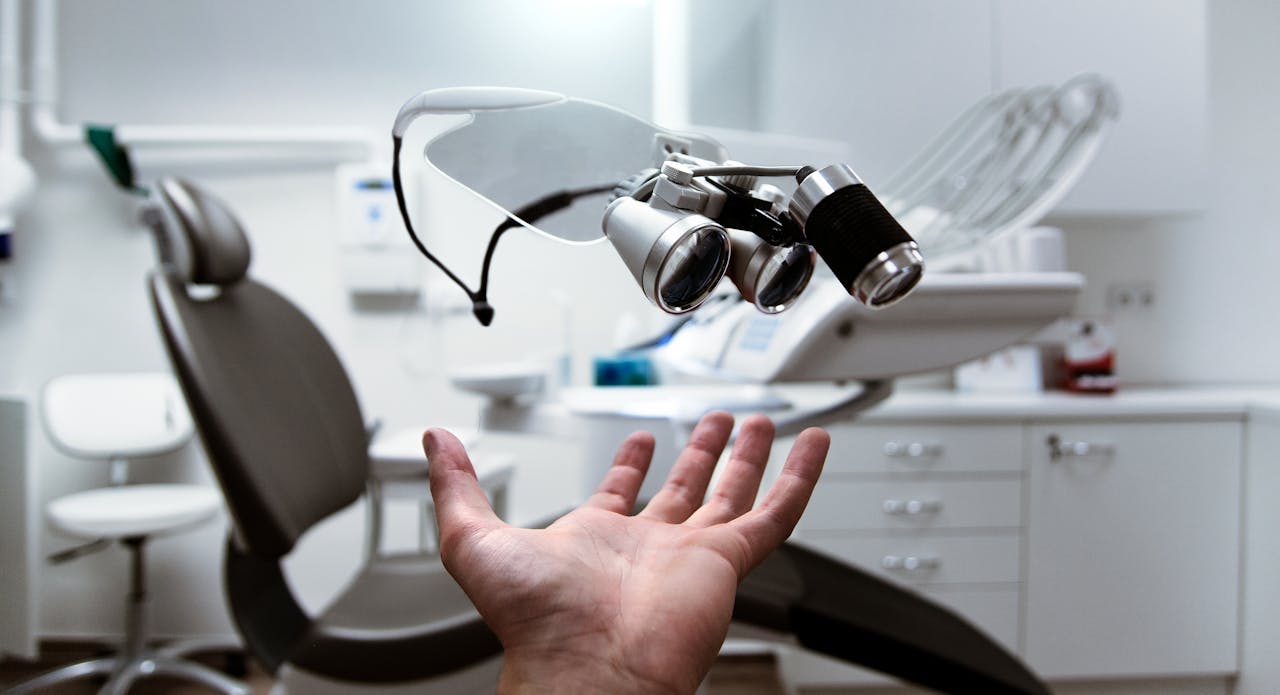
Dental crown technology has made massive strides in recent years. The technological innovations offer numerous benefits, including:
- Stronger, more durable crowns
- Faster crown manufacture
- Reduced error in crown manufacturing
- More comfort and convenience in taking impressions
- Improved overall oral health
Below, we’ll cover some of the most exciting innovations in dental crown technology, which promise to help make better devices and create a more convenient experience for patients.
1. Zirconium crowns
Zirconium dioxide, known informally as zirconia, is an advanced ceramic material that is more durable than porcelain and certain metal alloys. This makes zirconium dental crowns last longer and reduces sharp edges caused by wear and tear.
A zirconium dental crown also causes less stress on surrounding structures, reducing potential chipping and cracking of the surrounding teeth and the tooth underneath the crown. That said, they don’t match teeth as closely as porcelain. This combination of benefits and drawbacks suits them well for rear teeth, which are less visible and subject to more biting force.
2. CAD/CAM modeling and digital impressions
Digital impressions are a particularly exciting technology for patients because they allow the dentist to take accurate impressions of teeth without trays or gooey impression materials. Instead, the dentist waves a small handheld wand containing scanners around your mouth to get an accurate digital impression quickly. Then, computer-aided design/computer-aided manufacturing (CAD/CAM) technology comes in. This software helps draft, design, and model products, as well as design their manufacture. It’s most known for its use in engineering. However, dentists can use it alongside digital impressions to customize and create crowns in the office much faster and more accurately than with previous crown-fabrication methods.
3. 3D printing
3D printing is another innovation that makes manufacturing dental crowns easier than ever for dentists. If your dentist in Cartersville, GA, has 3D printing technology, they can manufacture your crown within 90 minutes in most cases. They will also be far closer to perfectly fitting your mouth, reducing the need for adjustments. So, you could potentially have your new crown ready the same day you get your impression rather than having to wait several weeks. This can condense a crown procedure into fewer appointments, save you significant time, and reduce manufacturing error.
4. Nanotechnology
Nanotechnology is typically used in electronics, but it’s now finding its way into dental applications — especially in creating crowns. Nanotechnology lets dentists engineer crowns at the nano level to enhance durability and improve their bioactivity, meaning their interaction with surrounding teeth and gum tissue. This helps improve the crown’s integration into the mouth, protect the tooth, and allow the device to last longer.
Dentists can also use nanoparticles to add antimicrobial coatings to the crown. These can help kill or inhibit harmful bacteria, reducing plaque and other buildup. This promotes healthy teeth and gums while making it easier to keep the crown clean.
5. Bioactive materials
Bioactivity in crowns goes beyond using nanotechnology to enhance the crown structure’s interactions with your teeth. Bioactive materials are now incorporated into the cement or lining that bonds crowns to your teeth. These materials are designed to interact positively with surrounding natural tissues, helping to remineralize the teeth, rebuild enamel, and prevent decay where the crown meets the tooth. This helps make the restoration last longer and supports overall dental health.
The bottom line
Innovations in dental crown technology aren’t just enhancing your smile’s look. They’re also improving your device’s durability and functionality while making the experience more pleasant. Zirconium crowns, nanotechnology, and bioactive materials make crowns stronger and more durable while promoting good oral health.
Meanwhile, CAD/CAM technology, digital impressions, and 3D printing enhance manufacturing speed and accuracy. This saves the patient and dentist time while making the patient experience more comfortable and convenient. These technologies, among many others, show significant leaps in dental crown technology and hint at future advancements that could offer better, faster, and more effective solutions.